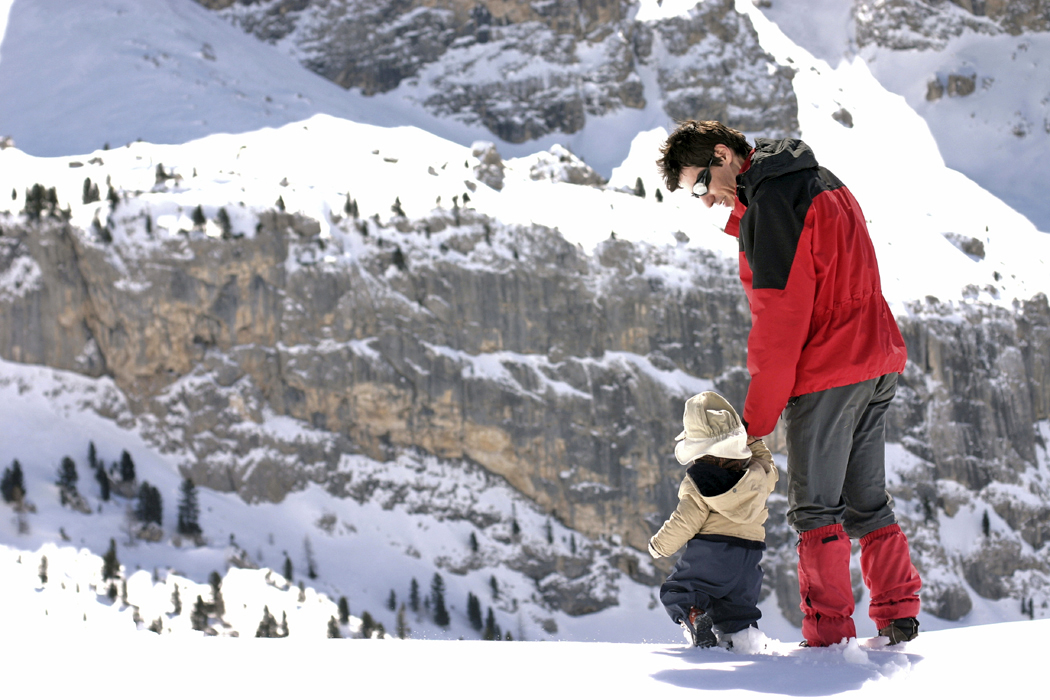| « Health in the News: Blood Clots | New Year's Diet Resolutions vs. Lifestyle Changes » |
Winter Weather Health Issues
 With snow on the trees and Christmas lights strung up outside, winter can be very pretty. What isn't so pretty are all the health issues that can crop up this time of year.
With snow on the trees and Christmas lights strung up outside, winter can be very pretty. What isn't so pretty are all the health issues that can crop up this time of year.
Exercising in Winter Weather
Cold weather can discourage even the most motivated athlete. Exercising outside during winter is possible; you just have to take extra precautions.
One mistake you can make while exercising in cold weather is dressing too warmly. Exercise generates a considerable amount of heat--enough to make you feel it's much warmer than it really is. Once the sweat starts to dry, you feel chilled. The solution--dress in layers that you can remove as soon as you start to sweat and then put back on as needed:
-
Put on a layer of synthetic material which draws sweat away from the body.
-
Add a layer of fleece or wool for insulation.
-
Top that layer with a waterproof, breathable, outer layer.
Stop and go activities, such as mixing walking with running, can make you more vulnerable to the cold if you repeatedly work up a sweat and then become chilled.
Another important tip to try to work into a winter workout routine is doing the second half of the workout with the wind at your back. You are less likely to get chilled, especially if you've worked up a sweat. Also, try to exercise in the heat of the day between 1 and 4 o'clock in the afternoon.
Be Aware of Frostbite and Hypothermia
It is dangerous to exercise outdoors when the temperature or wind chill factor exceeds minus 20°F, according to the National Safety Council. Working out or even being outside in these temperatures for an extended period of time, could cause hypothermia or frostbite.
Hypothermia occurs when a person's core body temperature falls below 95°F. Symptoms include:
- Intense shivering
- Slurred speech
- Loss of coordination
- Fatigue
Frostbite is a serious skin injury caused by freezing and occurs when the skin and body just underneath it freezes. The skin becomes very cold, then numb, hard, and pale.
Frostbite typically affects smaller, more exposed areas of your body: cheeks, ears, nose, hands, and feet. The symptoms and signs of frostbite are:
- A slightly painful, prickly or itching sensation
- Red, white, pale or grayish-yellow skin
- Hard or waxy looking skin
- A cold or burning feeling
- Numbness
- Clumsiness due to muscle or joint stiffness
Because the affected area becomes numb, you may not realize you have frostbite until someone else points it out.
The Seasonal Flu
Winter also brings the dreaded flu that can have people in bed for longer than they like. Flu like symptoms include:
- Fever
- Cough
- Sore throat
- Runny or stuffy nose
- Body aches
- Headaches
- Chills
- Fatigue
Take precautions this winter to try and stop the flu from affecting you:
- Wash your hands frequently, using soap for at least 15 seconds.
- Avoid close contact with people who are sick.
- Clean frequently handled objects to keep them free of germs.
- Covering your mouth and nose when you cough or sneeze.
- Keep your hands away form your eyes and mouth.
Each year more than 200,000 people are hospitalized due to the flu, according to the Centers for Disease Control.
What IAA has to Say
Take precautions this winter to ensure your safety and health. Insurance Administrator of America knows that winter can be a healthy time for everyone, if they just took defensive measures to combat the cold! Have a safe and fun time outside.
Like this blog post on Facebook!